 This article originally appeared in the May 2013 / Volume 65 / Issue 5 of Cutting Tool Engineering titled "Evolving toward digital" By Matt Tegelman, BIG Kaiser Precision Tooling Inc. Boring tools with a digital readout aren’t the standard in U.S. shops, but their use is growing.Think about the number of digital equipment interfaces and interactions an operator has when machining. Machine operators use keypads and computers to run tooling programs and measure parts with digital gages and coordinate measuring machines. By definition, CAD/CAM work is accomplished digitally. Machine tool controls have digital displays. On most tool presetters—even simple ones without a vision system—the readout is digital. Bore gages are digital, whether it’s an air gage or a three-point-contact gage. There are still a few old-timers who trot out ID micrometers once in awhile, but most measurement devices are digital for speed and accuracy.
Still Kicking Analog readout technology isn’t dead because it’s still highly effective for the majority of low- to medium-level tolerance operations. Few shops have yet to make the switch to digital boring across the board, and it will be a long time before more do so on a regular basis. Digital boring heads cost 60 to 80 percent more than their analog counterparts. That said, as old boring heads need replacement and more operators become accustomed to the advantages of digital boring adjustments, there eventually will be a turning point in some operations where it makes sense to go all digital. This change won’t happen just because it’s the direction of the industry.
Don’t Sacrifice PerformanceIf a shop is considering moving from analog to digital boring tools, the best conversions are those that can be accomplished without having to replace any accessories—simple one-for-one boring head trade-offs. Still, ask questions to ensure this is the case with your shop. Users can defeat the purpose of digital ease of use if the head isn’t a 1:1 replacement and additional programming or tinkering is necessary when converting to digital. For instance, Kaiser’s 112 EWD, 310 EWD and 318 EWD digital boring heads are otherwise identical to their analog predecessors. They have the same boring ranges, cutting parameters and through-coolant capabilities, so an operator can swap an analog for a digital model with little or no reprogramming. All three series use the same accessories, such as boring bars and insert holders, as their nondigital counterparts.
Despite the obvious advantages of digital, the technology isn’t yet for everyone. But as manufacturing and technology continue to become more and more entrenched in the digital realm, there will be a tipping point after which digital boring is the norm. Some shops will just be ahead of the curve. CTE
About the Author: Matt Tegelman is the Kaiser product manager for BIG Kaiser Precision Tooling Inc., Hoffman Estates, Ill. For more information about the company’s boring tools and other products, call (888) TOOL-PRO or visit www.bigkaiser.com. Digital boring heads from Big Kaiser were designed to be a simple 1:1 match to their analog predecessors - same boring ranges, cutting parameters, and through-tool coolant capabilities - so an operator can swap an analog for a digital model with little or no reprogramming. Just like your cell phone or computer, it won't be long until you wonder how you ever lived without a digital interface. Make the leap to digital technology. WHY DIGITAL?
1 Comment
BIG Kaiser has introduced the new, large diameter Kaiser 318 Series—a complete tooling system supporting a variety of aluminum and steel components optimized for twin cutter rough boring, precision finish boring and precision OD turning operations.
The system supports spindle speeds of up to 6,600 SFM thanks to safe and secure "pinned to fit" light weight aluminum mounting components. The high strength aluminum components are hard coated to protect against wear and corrosion, and all assemblies deliver high pressure coolant through the tools to cutting edges. "The 318 series features aluminum extension slides that allow for diameter and length setting adjustments without a tool presetter," says Jack Burley, BIG Kaiser vice president of sales and engineering. "The simplicity of this system virtually eliminates operator error during assembly and promotes safety during operation." BIG Kaiser Precision Tooling is a leader in high precision tooling systems and solutions. With brands including Kaiser, BIG Daishowa, Speroni, Unilock, Sphinx and more, BIG Kaiser's line is focused on extreme accuracy and repeatability. 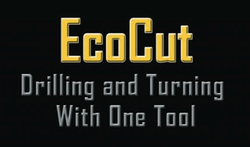 A Case Study The end-user is machining bushings made from 17- 4 stainless steel using a Miyano lathe, with 150 PSI through-tool coolant Previously the customer was using 4 tools to complete the job. A 0.551" (14mm) Chamdrill began the drilling process, followed by a 0.382" (9.7 mm) solid carbide drill. A 3/8" end mill was brought in to perform multiple operations, including a counterbore. The boring bar then finished the hole to size, in a total cycle time of 1 minutes and 2 seconds. Looking for performance improvements, the customer asked if Allied had a multiple operation tool that could help to reduce the cycle times in this application. Allied Machine & Engineering's Solution Allied recommended a 0.551" (14mm) EcoCut tool to began the operation, followed by the 0.382" (9.7 mm) solid carbide drill. Then a 0.394" (10mm) EcoCut tool was brought in to complete the form. The boring bar finished the part for exact size and finish tolerance, while providing edge breaks and corner radii. The new total cycle time was 55 seconds. The outcome met the customer’s goals of a reduction of cycle time, which resulted in a lower cost per hole. Benefit The overall cycle time was reduced by 7 seconds for a time savings of 11.5%, thanks to the EcoCut tooling. The cost per hole dropped from $2.11 to $1.40, which delivered a cost savings of 33.5%. This lower cost per h*** was obtained as a result of a dramatic decrease in tooling cost due to the use of a multi-functional tool. Allied Machine and EcoCut made a difference for the pleased customer. 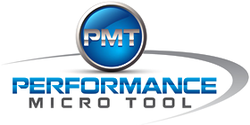 Next Generation Tooling is very proud to welcome Performance Micro Tool to our specialized family of CNC products! PMT is a high technology micro carbide tool company that specializes in real world customer performance with results gained through both superior manufacturing processes and second-to-none customer service. It's performance you can measure in microns – and in years. Performance Micro Tool IS the world leader in micro end mills and other micro tools. They have over 30 years of experience in micro engineering, design, and manufacturing. They where the first and only company that to develop a 5 μm end mill! |
NEWSOur NEWS blog section is written by several different people. Sometimes, it from our team here at Next Generation Tooling & at other times it's by one of the manufacturer's we represent. Archives
March 2024
Categories
All
|
About
|
© 2024 Next Generation Tooling, LLC.
All Rights Reserved Created by Rapid Production Marketing
|

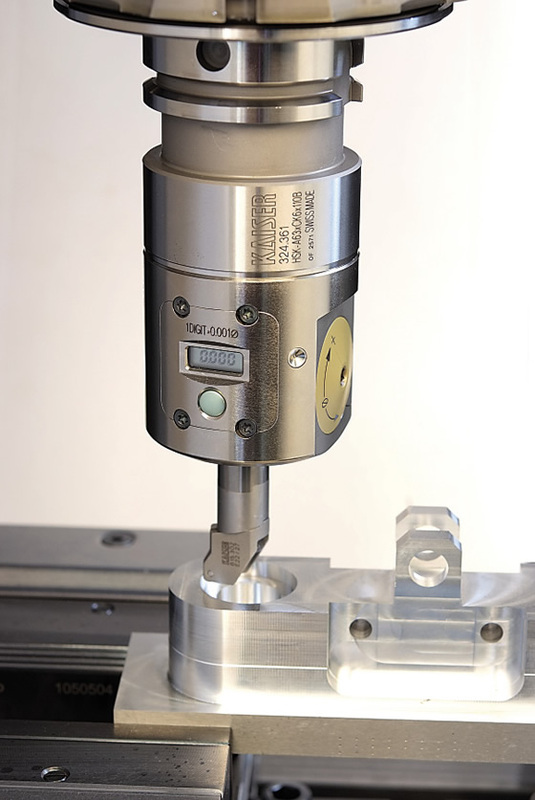
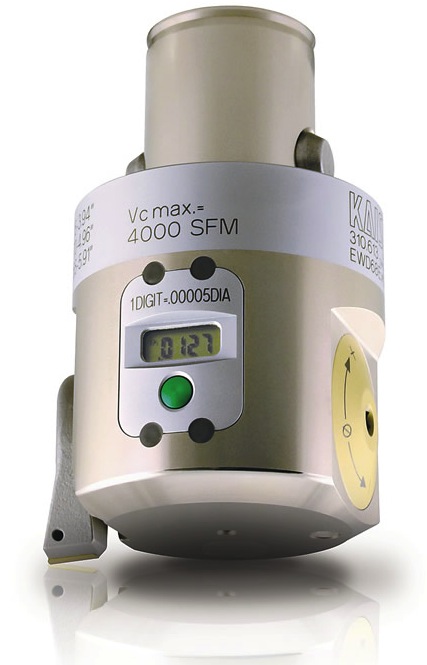
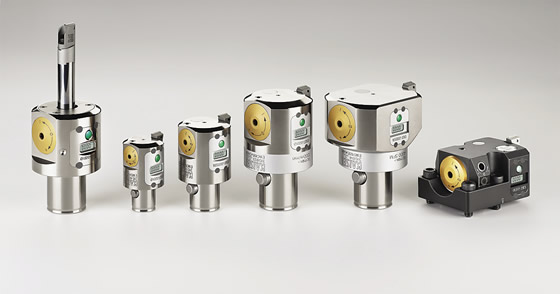
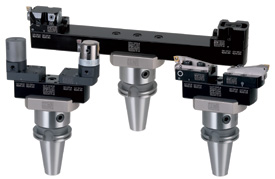
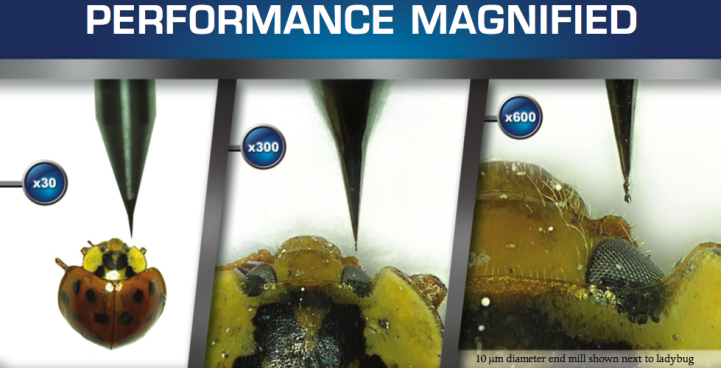
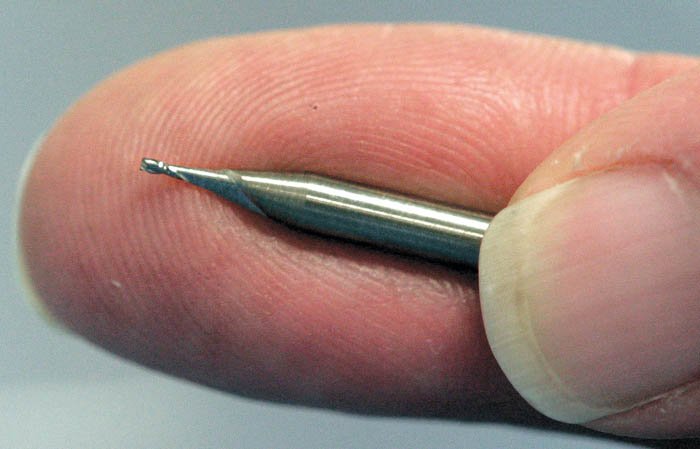

 RSS Feed
RSS Feed
